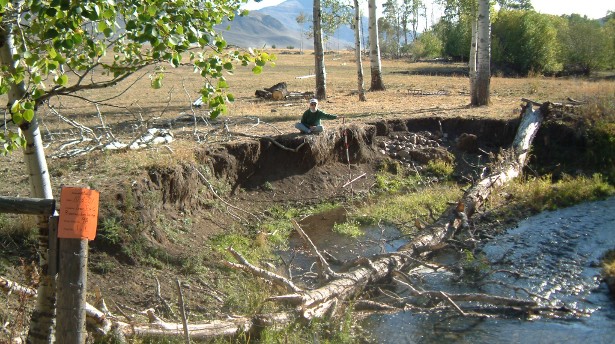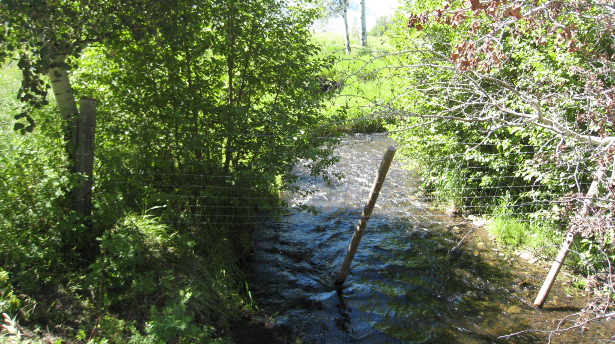Getting Grazing Right
By: Amos S. Eno
Posted on:10/11/2011 Updated:03/23/2012Using High Tech Tools to Manage the Flock and Follow the Grazing Prescription
This is part of our Lava Lake series. Brian and Kathleen Bean’s family-owned ranch is located just southeast of Sun Valley where the Pioneer Mountains meet the Snake River Plain. They own 24,000 acres and control 900,000 acres of grazing allotment lands. Posts continue Tues/Thurs through October 2011.
In 2001 the Beans permanently protected their first 7,500 acres of private land by putting it under a conservation easement held by The Nature Conservancy (TNC)—at the time, it was the largest donated conservation easement in Idaho history. In 2011 the Beans placed an additional 5,000 acr es under easement.
es under easement.
Over the past decade, Lava Lake grazing management practices have improved the ecological condition of thousands of acres of habitat, with direct benefits to wildlife. For example, annual studies conducted from 2002 to 2007 documented a 30% increase in the number of songbirds along the creeks that they fenced and restored. The recovering vegetation provides needed cover, food, and nesting habitat for the songbirds. Lava Lake’s grazing management and conservation efforts have been recognized with national rangeland management awards from the US Forest Service and Bureau of Land Management, special recognition from The Wildlife Society, Sustainable Northwest, and a host of other accolades.
Land Management, special recognition from The Wildlife Society, Sustainable Northwest, and a host of other accolades.
In 2004, the Lava Lake Institute for Science and Conservation was founded as a permanent non-profit. Under the watchful eye of Lava Lake Science and Conservation Program Manager, Tess O’Sullivan, the Institute sponsors and conducts field studies for the express purpose of adaptive management to conserve the area’s unique landscape.
Like a String of Pearls
Brian describes ranches of the Pioneer Mountain to Craters of the Moon region stretching out “like a string of pearls in the sagebrush steppe. There is an enormous amount of melancholy, romance, heartache, economic failure, history, and lots of small family cemeteries with few remaining homes in this region.”
Deeded properties by and large contain the most ecologically significant land in this region. The Taylor Grazing act of 1934 put a stop to the grazing free-for-all and range wars that held sway in the early days of western settlement, when many of the most egregious damage from grazing occurred. The Act established the allotment system, under which the folks at Lava Lake now graze their livestock.
“We’re collaring our sheep and sharing the information with the national forests,” Brian explains. “With the tracking collar, we get GPS (global positioning system) records that are put into a Geographic Information System, or GIS, to map definitively where they have been.”

At one point the national forests were recruiting ranchers to participate in the sheep collaring program, but the Forest Service didn’t provide surety that ranchers would be given the opportunity to correct any deficiencies that might be found. Instead, ranchers were issued non-compliance letters. “That was our cue to say we’ll take them all. We also bought some of our own collars. We worked with the Forest Service to develop a new system in which we provided them with the data from the GPS collars about when and where the sheep went, and they agreed to work with us to correct any problems the data might indicate. The result was sharing data and solving problems in a collaborative way.
“Sheep have a pronounced herding instinct - you can take them where they should go, and the GPS doesn’t lie. If a herder has violated his agreement - say, by straying into an adjoining allotment or staying too long in a particular area - we know. And we can make adjustments as needed to be sure we are grazing as we should.”
Return Thursday to learn how the heroes are the herders.
The entire Lava Lake Series:Making Working Wildlands Work for Conservation
 Sign In
Sign In
 Sign In
Sign In
